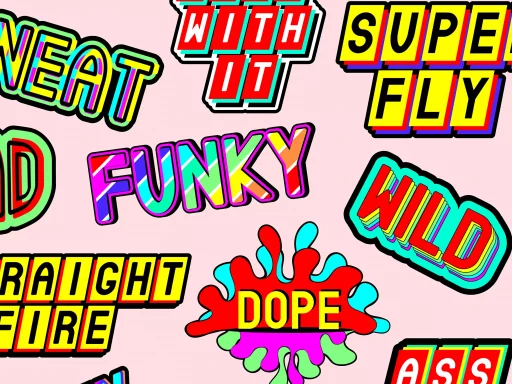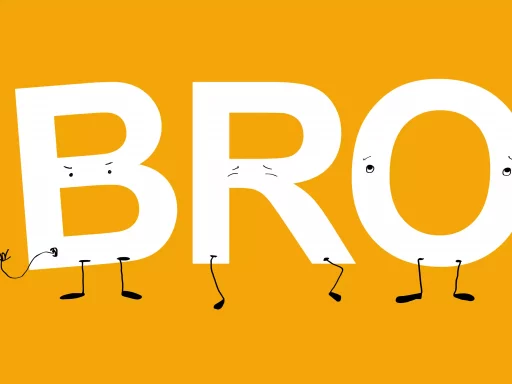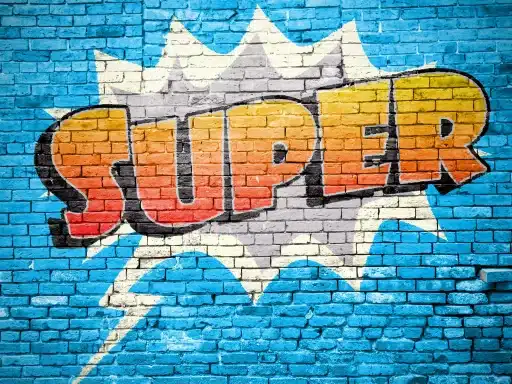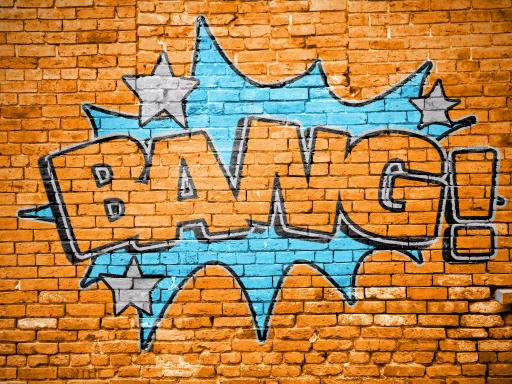Introduction to Mood Slang
Language is always evolving, and slang plays a pivotal role in how cultural trends and social dynamics shape communication. One significant aspect that has become increasingly prominent is “mood slang.” In this article, we delve into what mood slang means, its origin, and how it influences modern communication.
What is Mood Slang?
Mood slang refers to specific words or phrases used to express feelings, experiences, or states of mind in a relatable and often humorous way. It is often prevalent in social media, memes, and youth culture, allowing individuals to convey complex emotions simply.
The Rise of Mood Slang
With the advent of the digital age, particularly social media platforms such as Twitter, Instagram, and TikTok, mood slang has flourished. It enables individuals to connect on an emotional level and share experiences without lengthy explanations.
Examples of Mood Slang
- Vibe Check: This slang term is often used to ensure that the current atmosphere aligns with the group’s feelings, essentially asking if everything is “good.”
- It’s Giving: A phrase used to express that something has a particular vibe or essence. For example, “It’s giving summer vibes”.
- Big Mood: This is used when someone deeply relates to a feeling or situation. For instance, “When I hear that song, it’s a big mood.”
- Feeling Some Type of Way: A way to indicate that someone is experiencing mixed emotions but might not want to specify exactly what they are feeling.
Case Studies of Mood Slang
The popularity of mood slang can be attributed to its relatability and ease of use. For instance, in 2020, the term “vibe check” surged in popularity during the pandemic, as many individuals sought to connect and assess their emotional states and that of others amid uncertainty.
Social media platforms also reflected this trend. A study conducted by Sprout Social found that content incorporating mood slang generated 30% more engagement than traditional language. Content creators who utilized mood slang frequently reported building more substantial emotional connections with their audiences.
Mood Slang in Marketing
Brands are increasingly recognizing the importance of mood slang in connecting with younger audiences. By incorporating relatable vocabulary into their marketing strategies, they can engage consumers on a more personal level.
For instance, during a recent social media campaign, a popular beverage brand used the phrase “Big Mood” in conjunction with emotional marketing focused on comfort and self-care. The result was a 25% increase in engagement, showcasing how mood slang resonates with younger demographics.
Statistics on the Use of Slang
- According to a study by Ypulse, 68% of Gen Z respondents reported using slang in everyday conversations.
- Over 45% of millennials stated that slang helps them express themselves more authentically.
- Social media engagement surged by 35% for brands that used relatable language in their posts.
Understanding the Impact
The impact of mood slang goes beyond just trendy phrases; it shapes culture, influences brand communication, and facilitates connections. As language continues to evolve, mood slang will undoubtedly play an essential role in the way we communicate our emotions in a fast-paced digital world.
The Future of Mood Slang
As linguistic trends continue to change, mood slang is likely to adapt and evolve. New phrases will emerge, while older ones may fade away or gain renewed relevance. Understanding these trends will be crucial for individuals and brands looking to remain relatable and connected in the ever-shifting landscape of language.
Conclusion
Mood slang represents a fascinating intersection of language, emotion, and culture. As we navigate an increasingly digital world, these phrases provide a snapshot of feelings and attitudes, allowing us to communicate with each other more effectively. By embracing mood slang, individuals, brands, and content creators can cultivate a more engaging and relatable conversation.






